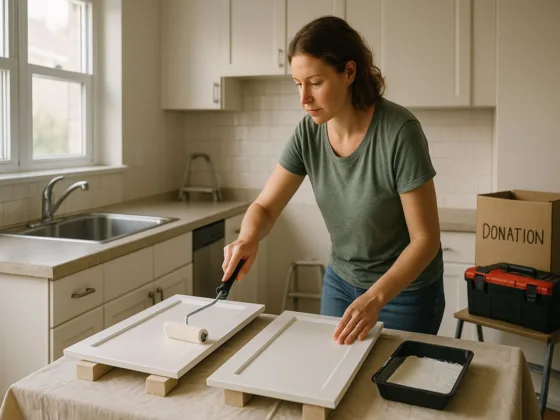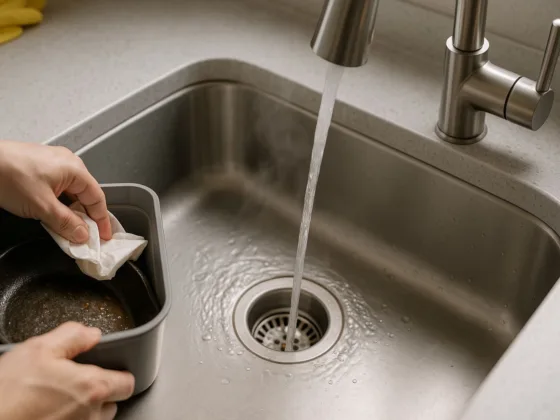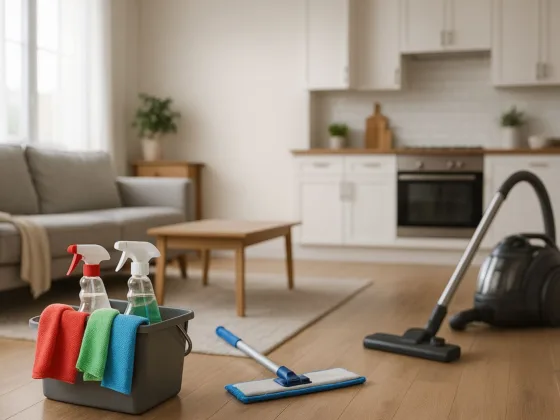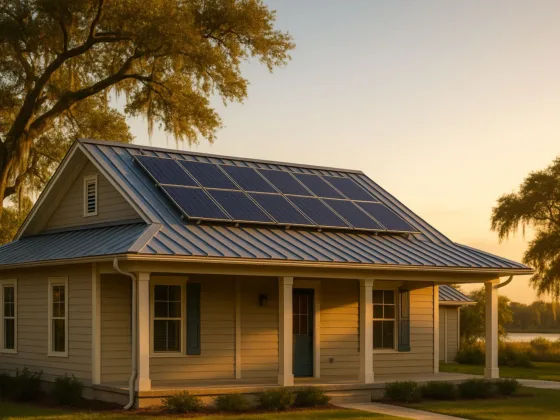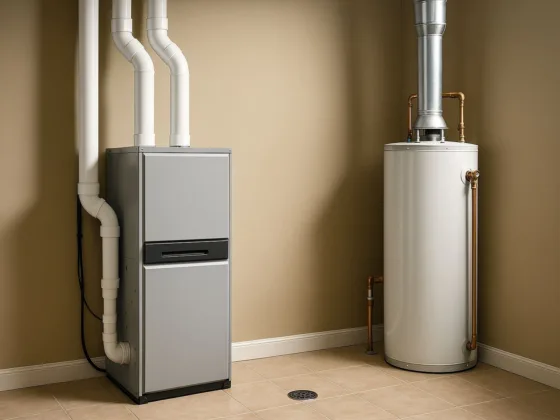Table of Contents Show
There are several great reasons to drill your own well. These include long-term cost-savings, an increase in house value, and much more control over what is, and what isn’t, in your water.
The good news is that anyone can add a well to their backyard. You will almost certainly need to get permission first as you’ll be digging a significant distance below the surface of your garden.

Check the Water Table
You may need expert help with this stage. In effect, you need to know how far below the ground you’ll find freshwater. This is where most freshwater is located and, if you dig deep enough, you’ll be virtually guaranteed water even when everyone else is crying drought.
Knowing how far down you need to go helps you to get all the right tools organized first.
Read Also:
Pick Your Spot
Getting planning permission shouldn’t be an issue. However, you do need to know where you intend to put the well. It shouldn’t be closer than 100ft to a septic tank or sewage pipes.
A professional survey will also help you identify where the main feed to the underground streams runs, ensuring you don’t drill through them and destroy them.
Alongside this, they can help ensure you are drilling where there will be water.
The Dig
It is possible to dig a well with a spade, that’s how wells were dug in the past. However, you’ll need to create a fairly large hole as you’ll need to be inside it.
You’ll also need to secure a rope or something similar so that you have a way out of the well as you dig it. This is a long and tedious process as you may need to dig down 100ft. In fact, to ensure you always have water you may want to go as deep as 200ft.
It’s much easier and simpler to invest in some rock augers. These are essentially large drills that are designed to bore into the earth and through rock. You can purchase rock augers or you can rent them.
The auger is attached to a dedicated powerhead, all you have to do is position it and monitor it as it drills. You’ll be able to insert the liner as the hole is made, ensuring the shape is retained as the drill goes further and further into the earth.
Finishing Touches
You’re going to need a pump to bring the water up from the bottom of the well. In most cases, it is best to simply drop a large pipe down the borehole and connect the pump at the top. This makes it easier to connect the pump to a power source and to undertake maintenance on the pump.
You’ll need to pump any dirty water out first.
It’s also important to note that the water may be contaminated, in the same way, water at your local treatment plant is. You will need to put it through a treatment process. It’s best to build a small treatment plant, ensuring you always have clean water to drink.



